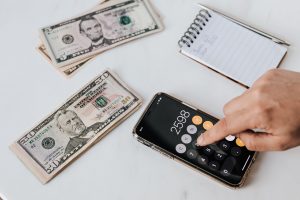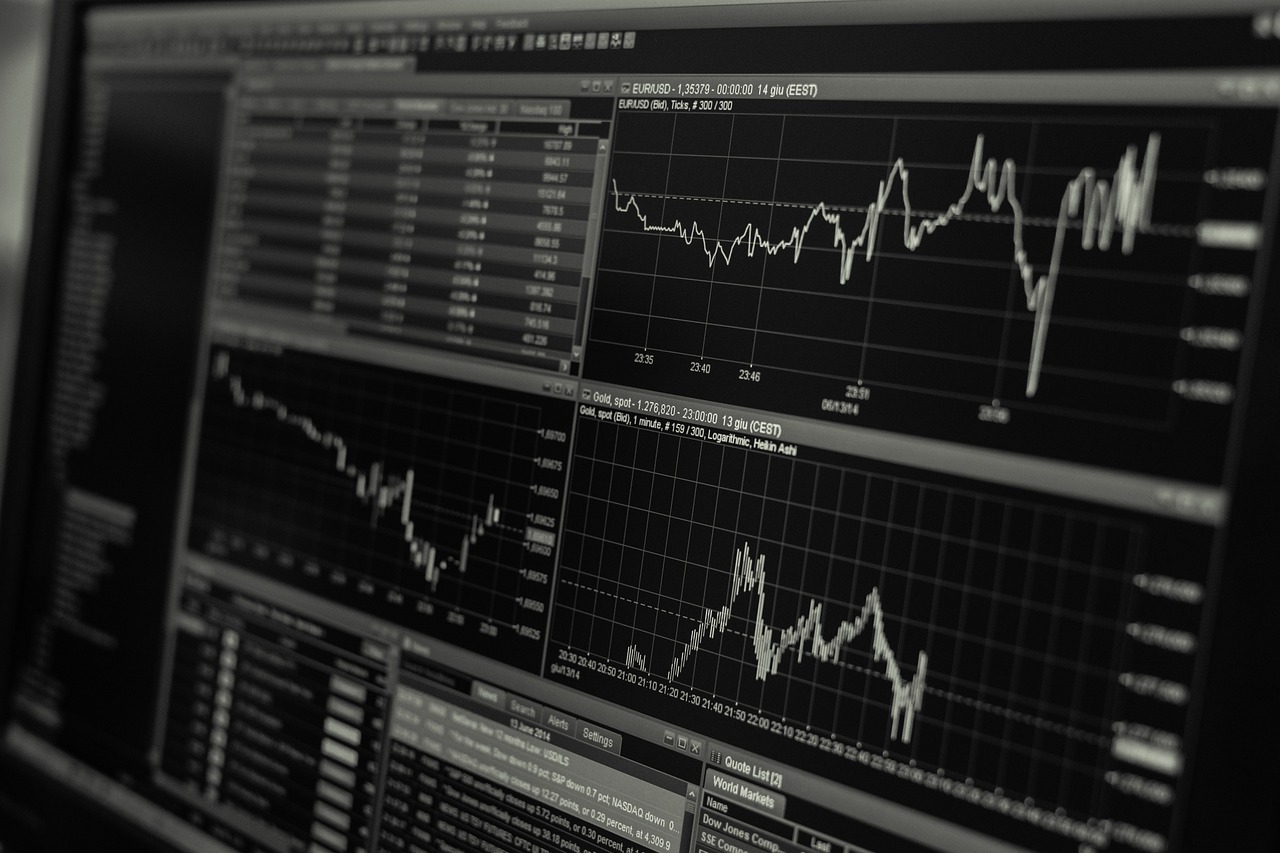Inflation has been a pressing issue globally, influencing consumer behaviors and spending patterns. In 2024, the dynamics of inflation are causing ripple effects across various sectors. This article explores how inflation affects consumer spending, the challenges it presents, and strategies consumers are employing to adapt.
Understanding Inflation and Its Causes
Inflation refers to the general increase in prices of goods and services over time, reducing purchasing power. Key contributors to inflation include:
- Supply Chain Disruptions: Post-pandemic supply chain issues have created shortages, driving up prices.
- Rising Energy Costs: The ongoing energy crisis has significantly impacted transportation and manufacturing expenses.
- Geopolitical Instabilities: Conflicts and trade wars have heightened global uncertainties, further fueling inflation.
Consumer Spending Patterns in 2024
Essential Goods vs. Non-Essential Goods
Consumers are prioritizing spending on essentials like food, healthcare, and housing while cutting back on discretionary purchases such as luxury items and entertainment.
Shift Toward Discount Shopping
High inflation rates have driven more consumers toward budget retailers, discounts, and online platforms offering competitive prices.
Preference for Value Over Brand
Consumers are increasingly choosing generic or store-brand products over premium brands, emphasizing value for money.
Challenges Faced by Consumers
- Eroding Savings: Rising prices force consumers to dip into savings or reduce contributions to savings accounts.
- Reduced Purchasing Power: With wages failing to keep up with inflation, household budgets are under strain.
- Debt Accumulation: More households rely on credit cards and loans to meet day-to-day expenses, leading to increased debt levels.
Economic Sectors Most Affected
Retail
Retailers are experiencing a decline in revenue from high-margin items as consumers opt for cheaper alternatives.
Travel and Leisure
Rising costs in travel and entertainment mean consumers are deferring or canceling non-essential leisure activities.
Real Estate
High inflation and rising interest rates are making homeownership less accessible, pushing many toward rental markets.
Strategies Consumers Are Adopting
- Budgeting: More households are creating and sticking to strict budgets to manage their finances better.
- Investing in Inflation-Proof Assets: Consumers are turning to assets like gold and real estate as a hedge against inflation.
- Energy Efficiency: Rising utility costs have prompted households to adopt energy-saving practices and appliances.
Global Trends in Inflation and Consumer Spending
Developed Economies
In countries like the US and EU nations, government interventions such as subsidies and price controls are mitigating some effects of inflation.
Developing Economies
In emerging markets, inflation has a more severe impact, with many households unable to afford basic necessities.
Comparative Analysis Table
| Aspect | Developed Economies | Developing Economies |
|---|---|---|
| Impact on Essentials | Moderately affected | Severely affected |
| Government Interventions | Extensive (e.g., subsidies) | Limited |
| Consumer Behavior | Shift toward budgeting | Reduced access to essentials |
Analyzing the Long-Term Effects of Inflation

Economic Instability
Persistently high inflation can destabilize economies, leading to reduced investments and slower growth.
Consumer Behavior Changes
Prolonged inflation fosters permanent shifts in how consumers prioritize and spend their money.
Comparative Analysis Table: Inflation Impact Across Sectors
| Sector | Impact Description | Consumer Adaptation |
|---|---|---|
| Retail | Decline in high-margin product sales | Increased focus on discount shopping |
| Travel & Leisure | Reduced travel due to rising transportation costs | Preference for local and budget-friendly options |
| Real Estate | Lower homeownership rates | Shift toward renting or smaller homes |
Rising Cost of Food and Essentials
One of the most immediate effects of inflation is the surge in food prices. Families across the globe are grappling with higher costs for everyday groceries, forcing them to either cut back on consumption or switch to less expensive alternatives. Staples like grains, meat, and dairy have seen significant price hikes, creating a ripple effect in household budgets. This is particularly challenging for low-income families who already spend a large portion of their income on food.
Impact on Small Businesses
Small businesses are also feeling the squeeze of inflation. With rising costs of raw materials and overhead expenses, many are forced to increase prices, risking customer loss. At the same time, businesses are experiencing reduced demand as consumers tighten their belts. Some small enterprises are adopting cost-saving measures, such as reducing product offerings or switching to more affordable suppliers, to stay afloat.
Healthcare and Inflation
Healthcare costs have also risen in response to inflation, putting an additional burden on families. Services such as medical consultations, prescriptions, and insurance premiums are becoming more expensive. Many consumers are delaying or avoiding non-critical medical procedures due to financial constraints, which could have long-term implications for public health. Governments and healthcare providers are under pressure to implement subsidies and cost controls to address these challenges.
Consumer Technology Spending
The tech industry, once resilient to economic fluctuations, is now witnessing a decline in consumer spending. Items like smartphones, laptops, and home electronics are seeing reduced sales, as these are often viewed as non-essential purchases during times of financial strain. Consumers are opting to extend the lifecycle of their current devices rather than upgrading to newer models. This shift is prompting tech companies to focus on affordability and essential features.
Regional Variations in Inflation Impact
Inflation is not affecting all regions equally. In advanced economies, governments have introduced stimulus packages and subsidies to cushion the blow, while developing countries face more severe consequences due to limited fiscal capacity. For example, in parts of Africa and South Asia, inflation has pushed millions into poverty, exacerbating existing inequalities. Understanding these regional differences is essential for crafting effective solutions.
Psychological Effects of Inflation
Beyond the financial impact, inflation is affecting consumer psychology. Uncertainty about future prices has led to a sense of insecurity, prompting many to adopt a “save now, spend later” mindset. This cautious behavior, while rational in the short term, can slow economic recovery as reduced consumer spending lowers demand for goods and services. Financial literacy and counseling initiatives can play a role in alleviating these fears.
The Role of Policy in Addressing Inflation
Government policies are crucial in mitigating the impact of inflation on consumers. Central banks around the world are employing monetary tools, such as raising interest rates, to curb inflation. Meanwhile, fiscal measures like subsidies and direct cash transfers are helping vulnerable populations cope with rising costs. However, these interventions must strike a balance between controlling inflation and fostering economic growth to ensure long-term stability.
Conclusion
Inflation in 2024 is reshaping consumer spending habits globally. While consumers are adapting through budgeting and prioritizing essentials, the long-term effects of inflation could have significant implications for economies and markets. Governments and businesses must work together to alleviate inflation’s impact and ensure economic stability.










